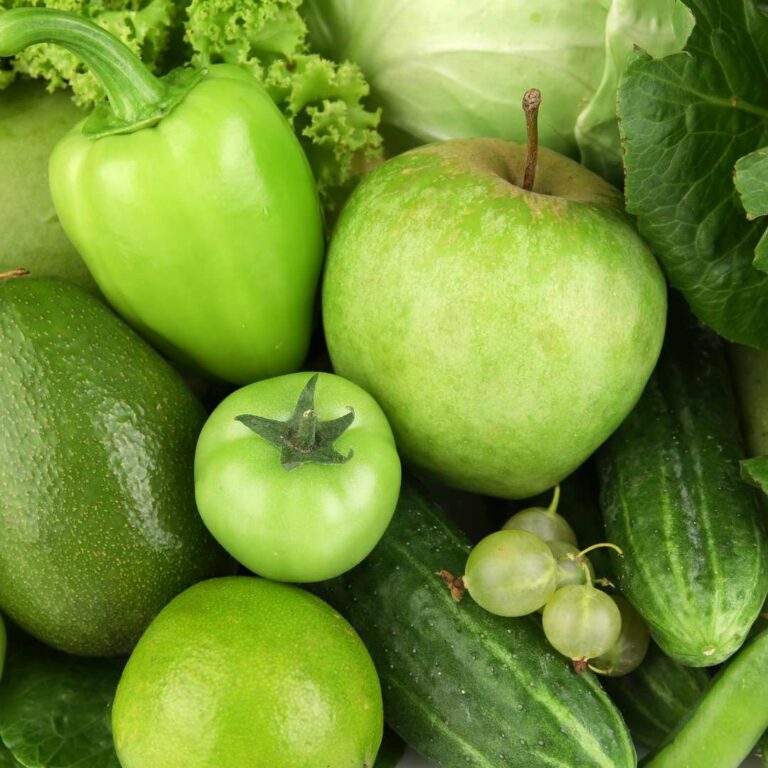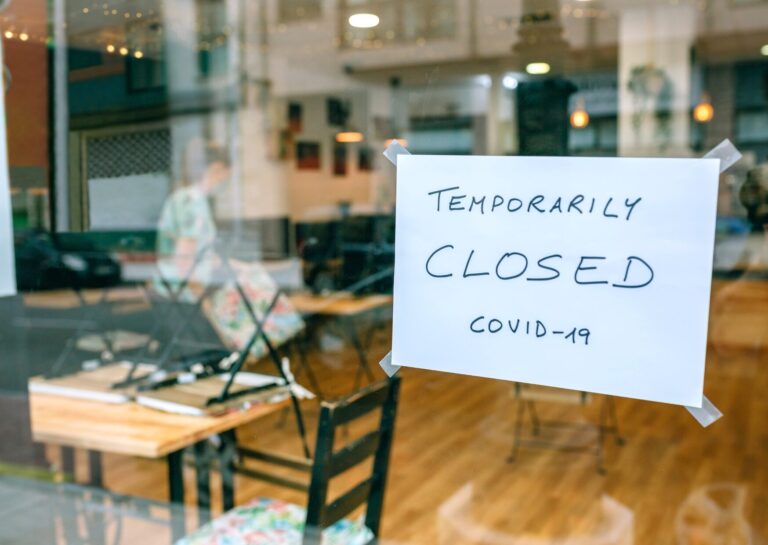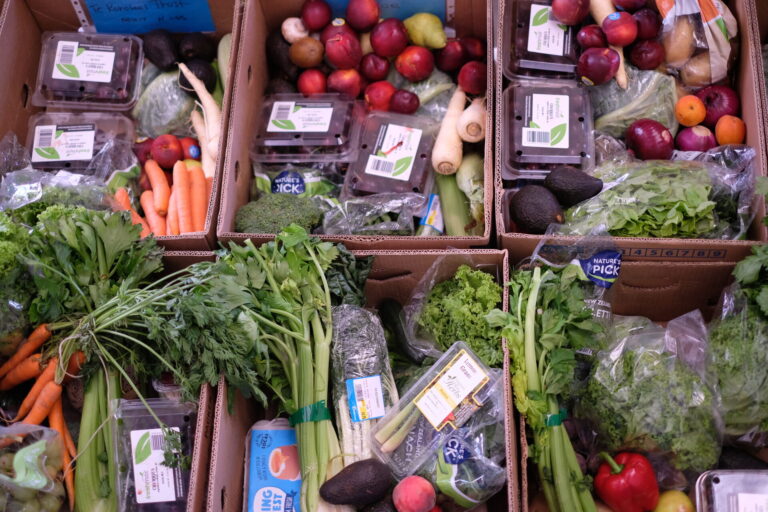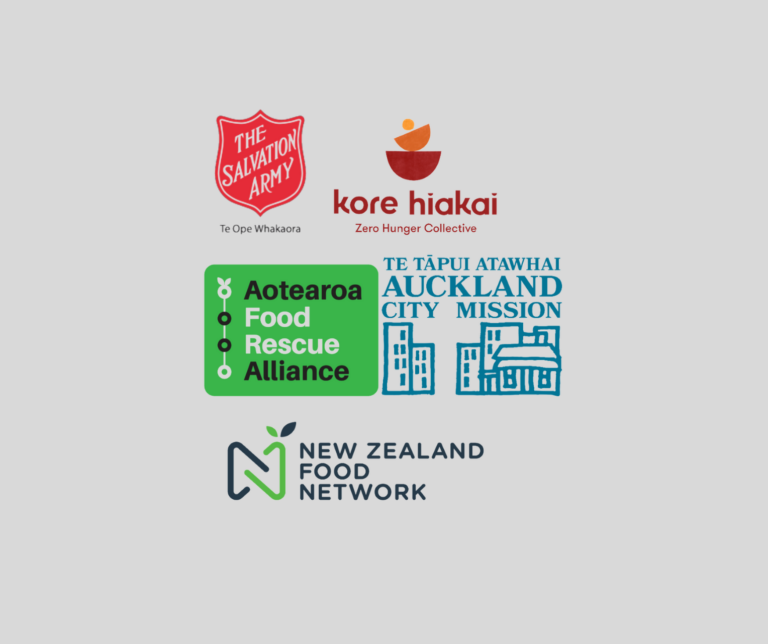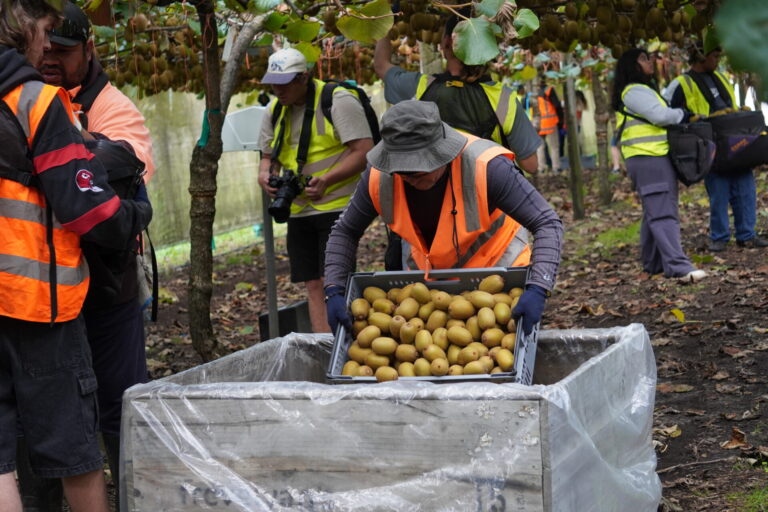Kaibosh: Building Relationships from the Ground Up
A second harvest pilot increasing access to fresh and healthy food
Kaibosh holds a special place in New Zealand’s food rescue landscape as the country’s first food rescue organisation. Since 2008, Kaibosh has been feeding Wellington communities by collecting quality surplus food from supermarkets, retailers, and producers, and redistributing to over 160 community groups.
“We’d been working with a few orchards and community fruit pickers for a long time, but we started thinking seriously of developing a specialised farm rescue process last year”, said Keltie Wesling, Kaibosh’s Kapiti & Horowhenua Operations Manager. “Both Covid-19 and cyclone Gabrielle showed us how fragile the supply chain is, and how that can increase pressure on the cost of living, so we knew we had to find more sustainable ways to increase access to fresh, healthy food.”
Kaibosh engaged everyone from farmers and orchardists to wholesalers, community groups, and educators to explore ways to increase fresh produce supply, while strengthening local food systems for long-term food security, and supporting food distribution during and after disasters. Out of this research came the Second Harvest project, launched in May 2024 in Kāpiti Horowhenua, one of New Zealand’s most productive growing regions.
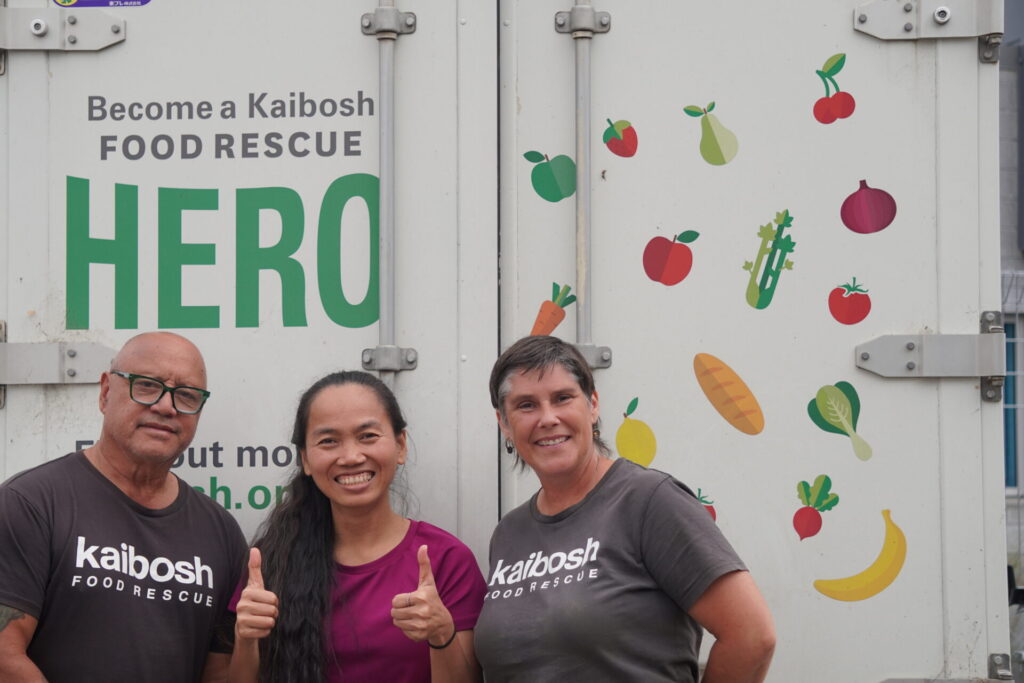
Launching Second Harvest in Kāpiti-Horowhenua
The project focused on rescuing perfectly edible fresh produce that commercial growers had harvested, but would otherwise go unsold because it didn’t meet market standards. Kaibosh’s volunteers sorted and packed the produce before distributing it to community partners across Kaibosh’s three sites.
In just six months, working with a single grower, the pilot rescued over 18 tonnes of fresh produce, which accounted for nearly 30 percent of all food distributed from Kaibosh’s Kāpiti site during that period.
As of July 2025 Kaibosh had developed a network of 5 regular farm partners, distributed 50 tonnes of 11 different crop varieties, and has come away with several valuable learnings.
Respecting the Value of Kai
Keltie says one of the biggest takeaways was the importance of language. “For farmers, leftover crops have value. They might be used as animal feed, fertiliser or to build soil health. We found calling it waste hampered our ability to build trust,” she says.
Most growers were unfamiliar with the term gleaning, which sometimes made it harder to understand the purpose of the project. The team also found it helpful to move away from a passive, charity-focused vocabulary (words like donate, help and needy didn’t resonate). Instead, they used language that acknowledges value and partnership (terms like invest, supply and potential). The team also learned to use growers’ own grading and market terms to make sure communication was clear, relevant and respectful.
Upholding the value and mana of the kai was essential. “Second Harvest isn’t about receiving ‘something for nothing’. Rather, it’s about recognising food as a precious resource, grown with skill and care, which can be shared to build resilient communities,” Keltie said.
Working Together to Overcome Barriers
Some growers interested in participating had concerns, including fears that donating food might undercut paying customers, worries about volunteers’ safety and skills on farms. Kaibosh approached these challenges with patience.
“We visited farms, listened, and got to know how each grower worked, including their processes and challenges. It wasn’t about turning up with a sales pitch or quick fixes. We wanted to build trust, show respect, and figure out how we could fit in without disrupting what they were already doing,” Keltie said.
Kaibosh’s cooking classes and community events served as valuable bridges, helping farmers see new opportunities to connect with potential customers. Kaibosh also tapped into existing grower networks, asking for introductions to others who might want to participate.
Alongside overcoming practical concerns, cultural partnerships played an important role. Kaibosh partnered with local kai projects being led by Mana Whenua, ensuring the programme aligned with indigenous principles of food sovereignty and local food independence. This partnership helped ground the pilot in community priorities and cultural values, alongside collaboration on the logistical aspects.

What’s Next?
With early success under its belt, the Kaibosh team is planning to scale Second Harvest by recruiting more volunteers, especially younger people, through schools, universities and gyms. They’re also working on securing storage, transport and staff capacity to handle larger volumes.
Kaibosh is also aiming to connect growers with new markets such as Wesley Community Action’s Hauora Kai Regional Fruit and Vege Co-op. This expansion will help even more fresh produce reach communities in need.
Learn more about how you can get involved in Second Harvest here.

